Twenty years of steady, positive change in New Jersey’s child welfare system yielded results: fewer than 3,000 children are now in foster care, the lowest number in state records.
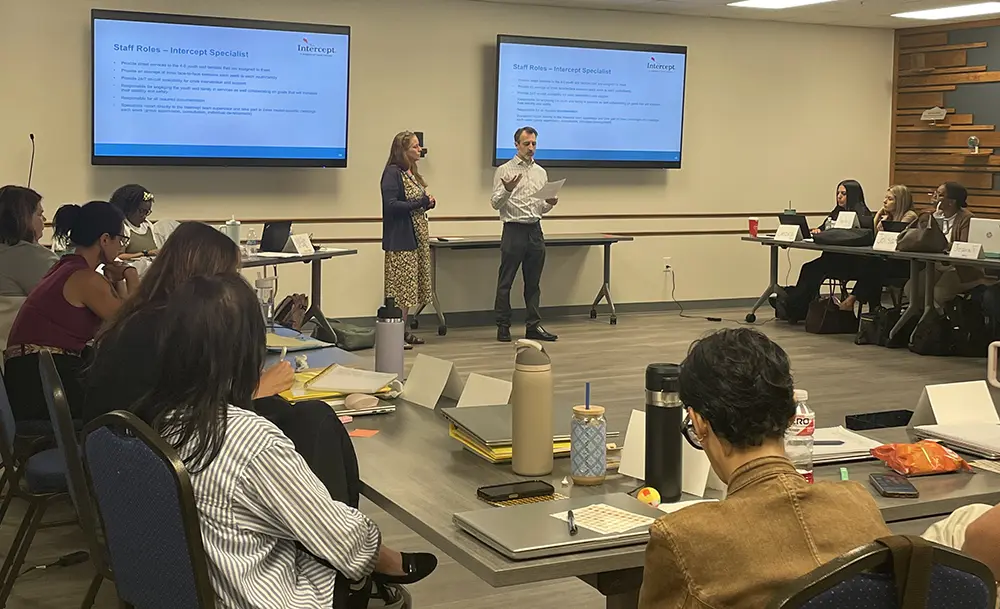

Twenty years of steady, positive change in New Jersey’s child welfare system yielded results: fewer than 3,000 children are now in foster care, the lowest number in state records.

When Angela received a phone call one Monday evening, she didn’t realize how much her life would change. On the other end of the line was Jenna, a specialist from Youth Villages
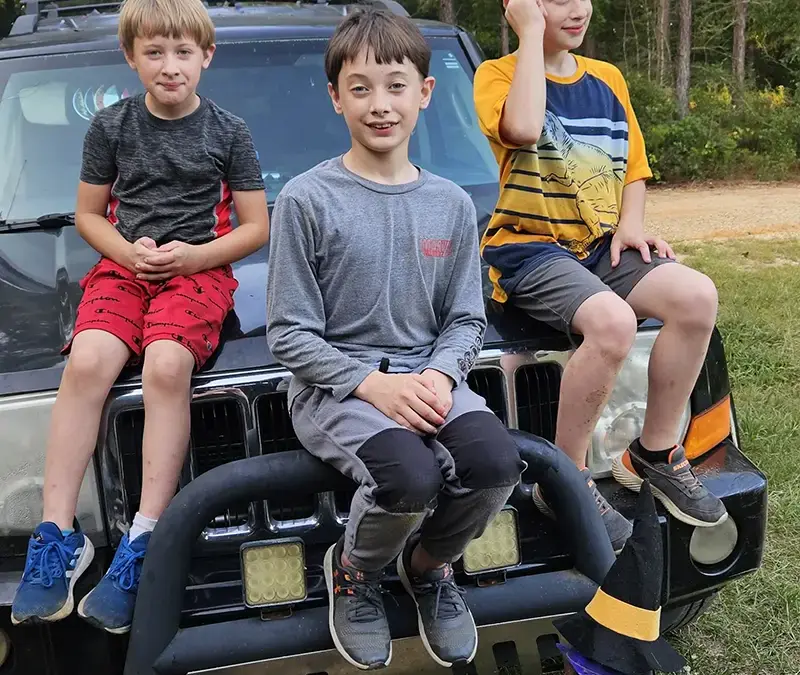
Living conditions deeply influence the well-being of children and their families. Habitat for Humanity highlights that a child’s home environment significantly affects their physical, cognitive and emotional development.

A young person’s success often depends on the support they receive from those around them. Without a healthy support system, navigating life’s challenges can become overwhelming, especially for children who have experienced trauma.

Mental health is often seen as a personal struggle, —but what if healing could happen in living rooms, libraries and community spaces, not just clinics?
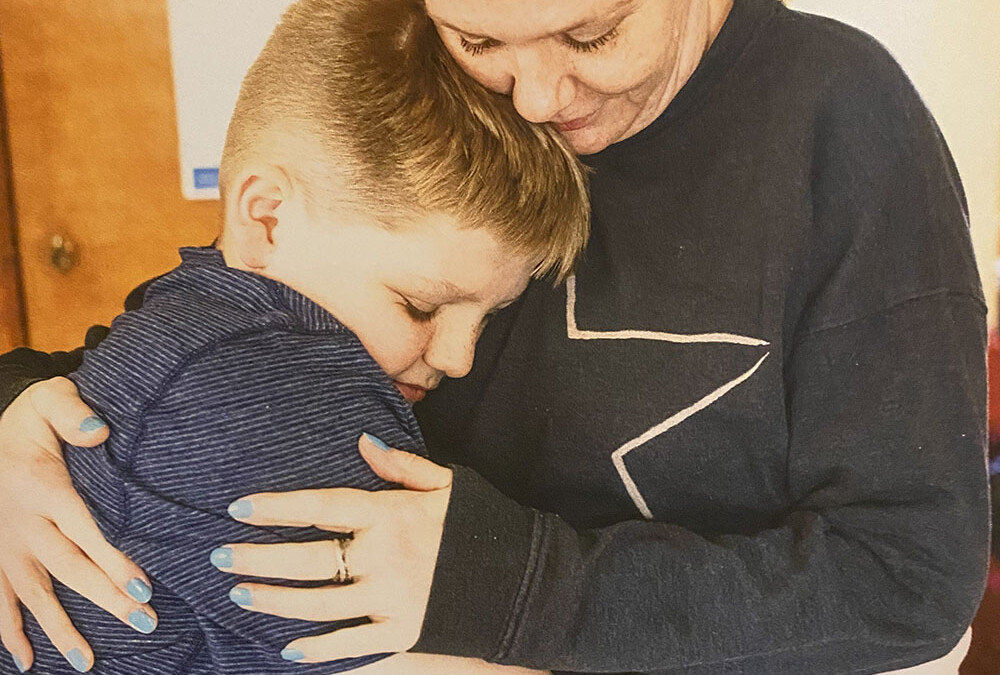
When Amanda landed in the ICU due to complications from alcoholism, her 9-year-old son, Jack, faced the very real possibility of being removed from his home.
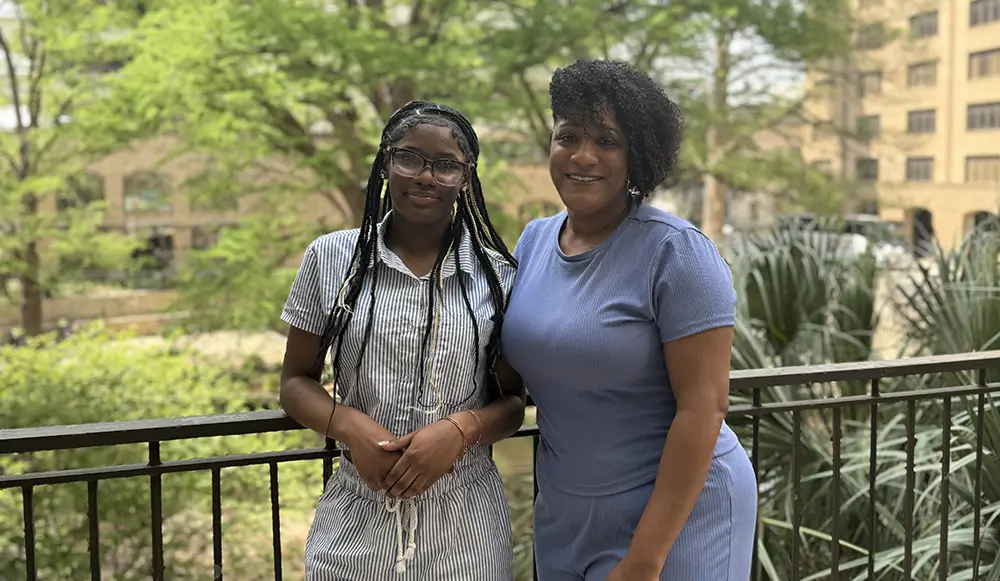
Shavonda’s daughter, Amiyah, had been in and out of residential facilities since she was 13 years old. Amiyah faced serious challenges like running away and getting into unsafe situations that eventually led to involvement with the juvenile justice system
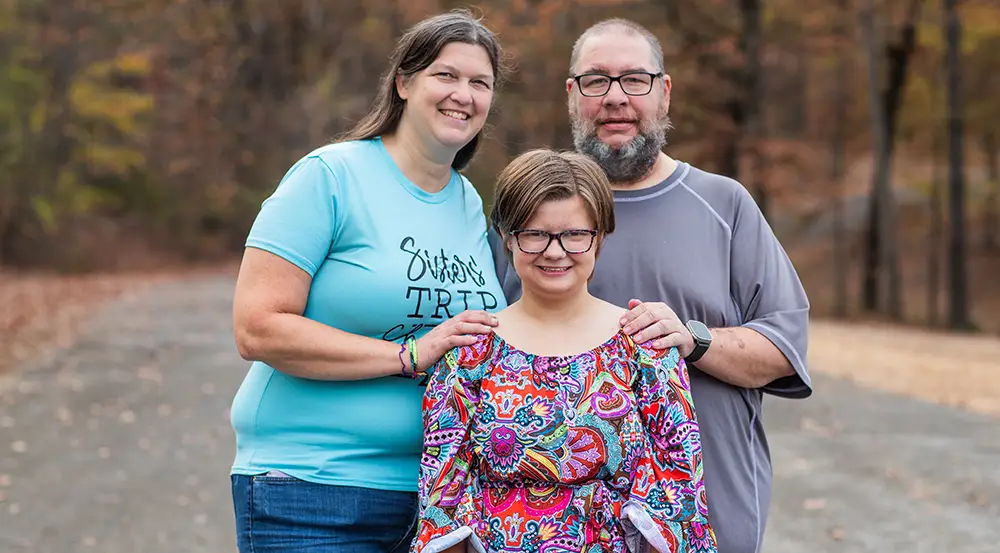
For many families, balancing excessive stress and maintaining a stable home environment for children may require extra support. Intercept, a program of Youth Villages.
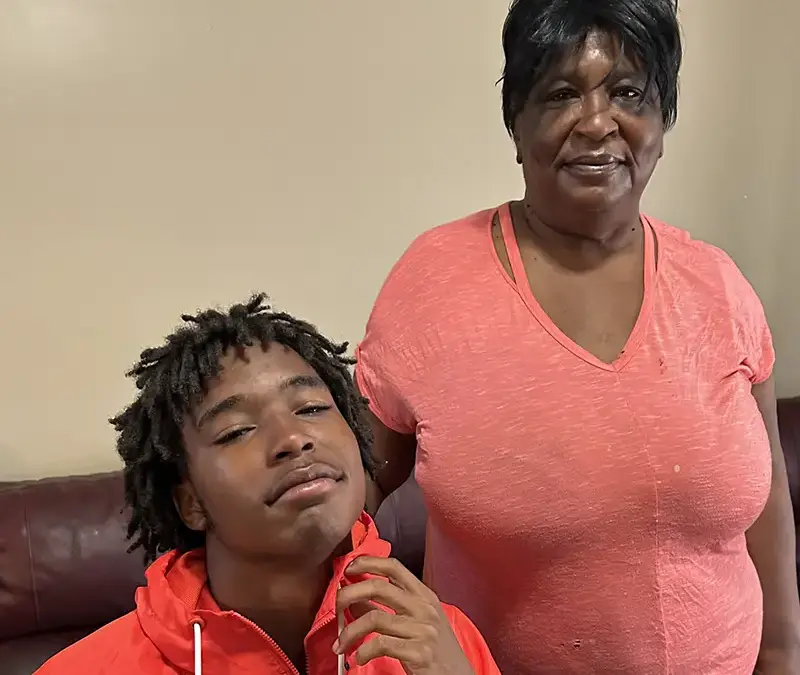
Life challenges might cause a bump in the road for most families. But for others, trials can result in major upheavals in their lives. Jeremy and his grandmother, Patricia, faced the latter when they were involved in a life-changing situation — one that led to their living apart from one another.

ATLANTA (April 1, 2025) – Youth Villages, a national nonprofit leader in children’s mental and behavioral health services, today announced a pilot contract with the Georgia Department of Behavioral Health and Development Disabilities to expand its evidenced-based Intercept program to Douglas, Paulding and Rockdale counties, bringing access to in-home prevention care to more Georgia families.